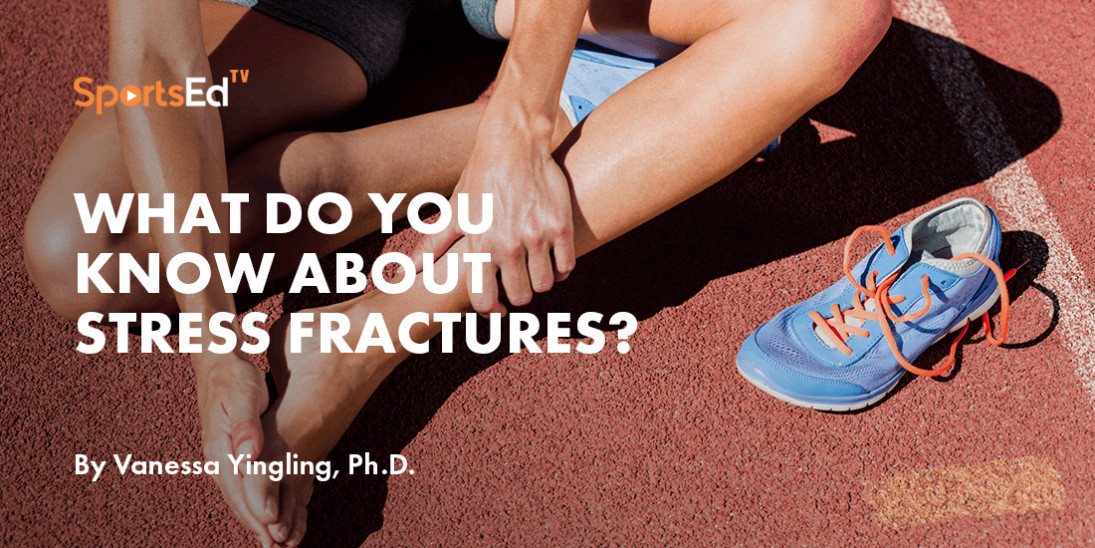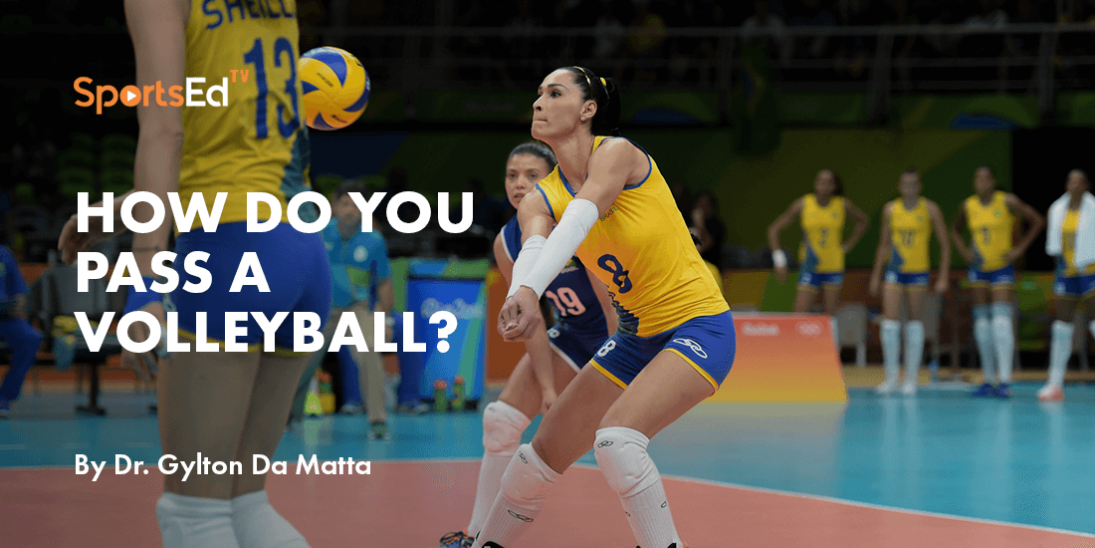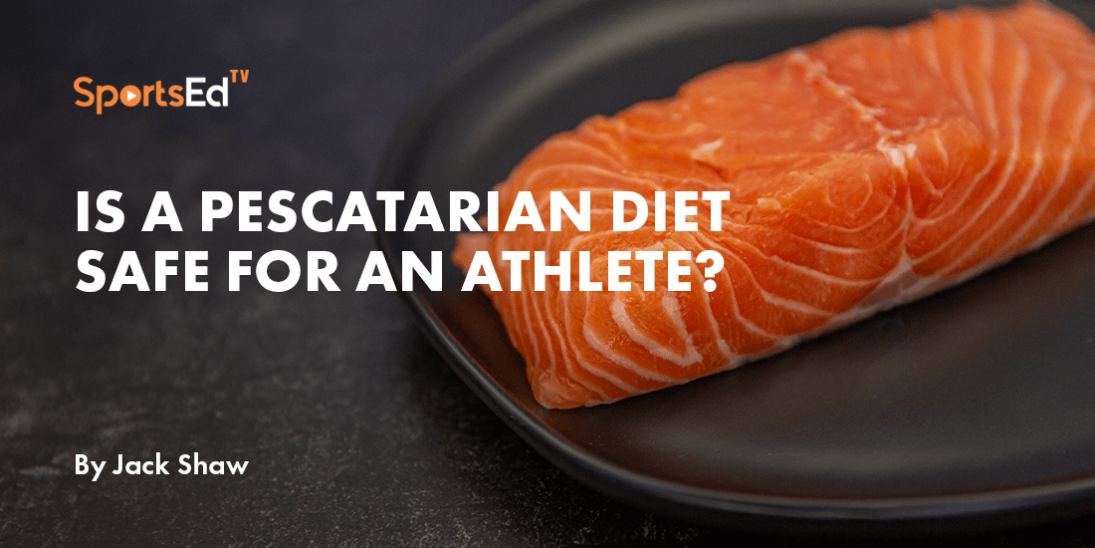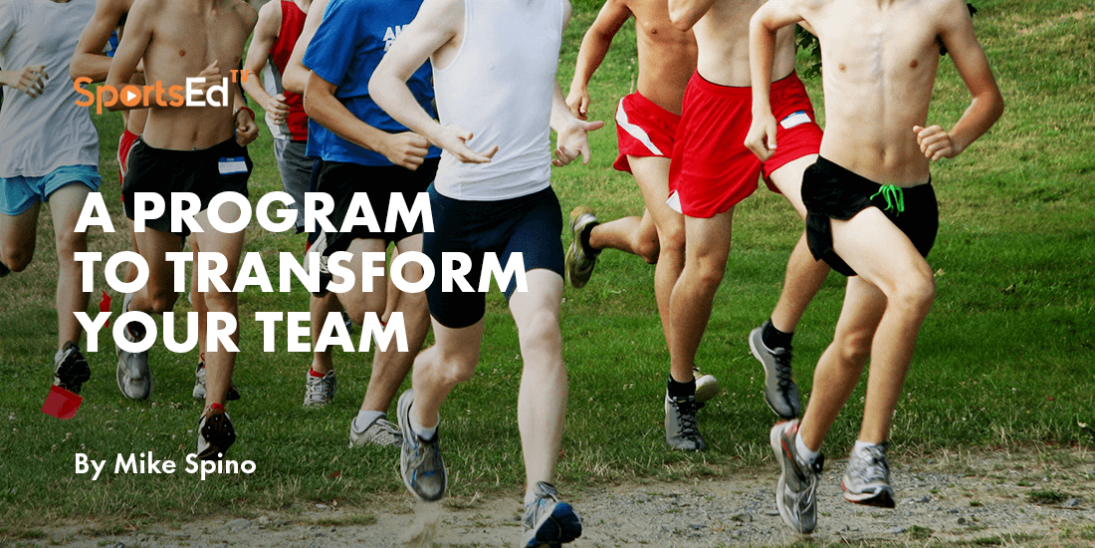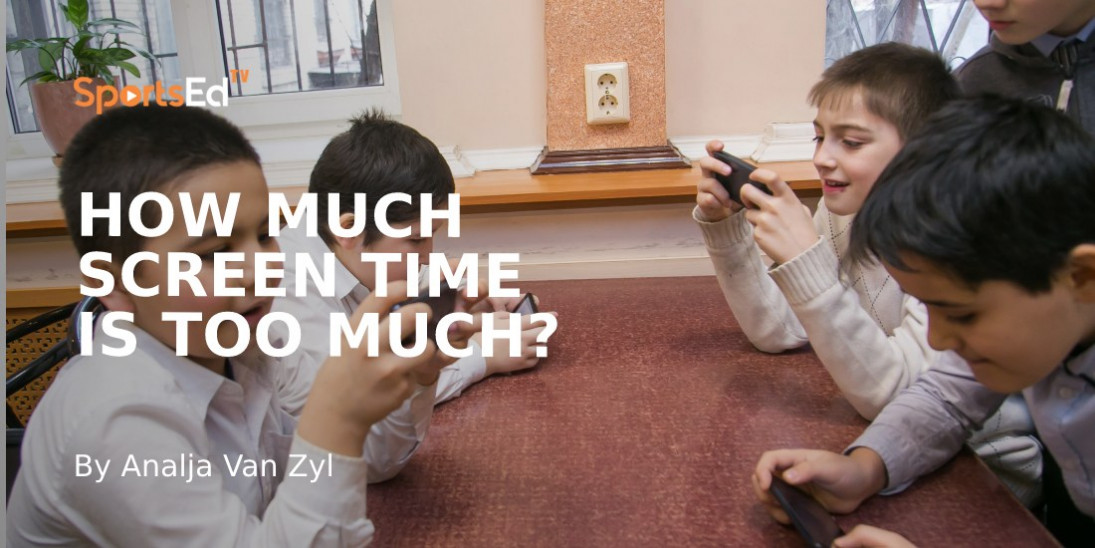Basketball, Volleyball, Baseball, Health, Physical Education, Cycling, Swimming, Running
Welcome and thanks for visiting...

Make a Big Difference in Bone Health
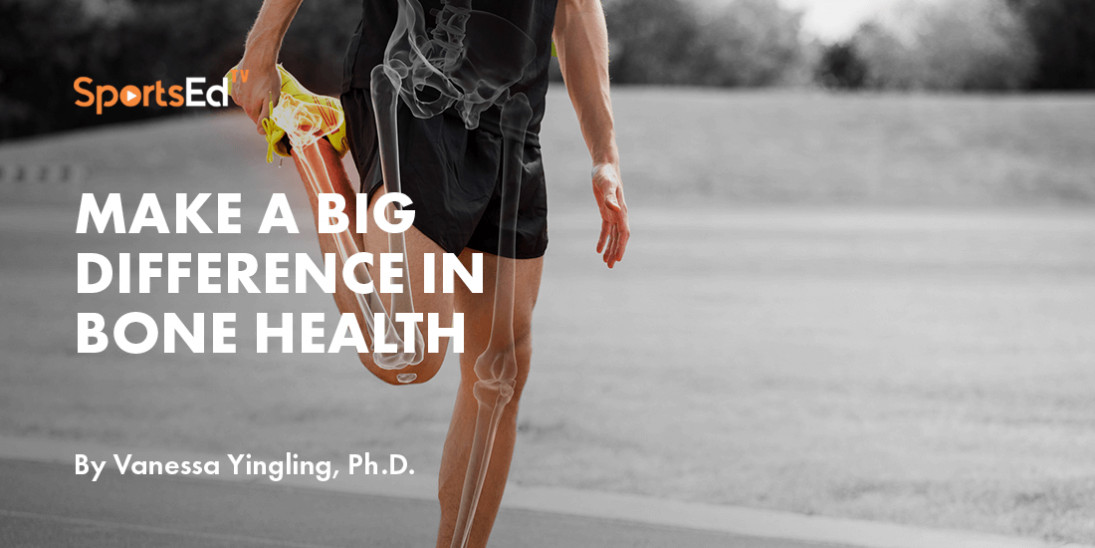
Two Factors to consider for Skeletal Training of your athletes: Coaches you can make a BIG difference in the bone health of your youth athletes.
Youth coaches, exciting information, YOU can affect your athletes’ bones for a lifetime. The old adage “Use it or lose it” does not apply to our skeletal system. Positive training affecting bone strength done by youth athletes could last a lifetime.
Two key points for optimizing bone health in youth athletes:
- Adolescence (ages 10-19) is a KEY time to focus on bone strength gains
- Bone is an Efficient tissue
Adolescence is a critical time for the development of the skeletal system. Over 90% of your athletes’ bone mass is gained during adolescence. In addition, lifestyle choices, such as playing a sport and exercise, influence 20-40% of adult bone mass. Bottom line, how you train your youth athletes can positively (or negatively) affect them for a lifetime. Jumping, drills, scrimmage in practice and body weight training all affect their bones For the swimming and water polo coaches, dryland workouts will help increase bone strength in your athletes. Basically, workouts or drills that increase the impact loading on your bones are key including jumping, dunking, frog jumps, skater jumps etc. All these exercises and activities also require your muscles to lengthen prior to shortening which is an eccentric contraction, when you crouch prior to jumping as high as you can, that is an eccentric contraction and your bones benefit from those high force muscle contractions and they also benefit from the impact of you landing on the ground after your jump.
So, let's jump into the details.

A Window of Time
While promoting exercise throughout the lifespan is very important, the window of opportunity for kids to optimize their skeletal health is during adolescence (10-19 years of age) and should be taken very seriously by coaches and adults alike. Long-term studies of professional baseball players (Warden et al., 2014) have shown that bone strength is maintained for a lifetime especially when bone loading (training) starts at a young age. In addition, focusing on your athletes’ bone health will not take much time from your training or practice sessions. Bones prefer short sessions of dynamic loading (movement) with lots of rest between sets, as in 8 hours of rest, so two short bone-training sessions per day is ideal (Robling et al., 2002). Long duration repetitive exercises such as running, biking, and swimming which are also low impact and/or non-weight-bearing are not as beneficial to bone health so get creative and add some bone healthy warm ups to your practice and training sessions.
WHY do bones like shorter workouts?
The benefit of shorter workouts is due to bone’s sensitivity or rather the loss of sensitivity to the activities that your athlete does during practice and competition. This concept is referred to as “mechanosensitivity”. The concept of mechanosensitivity describes how well bones “sense” the loading applied during activity. Let's break down the word, mechano- the mechanical loading on bones, for example jumping or weight training and sensitivity -which can be defined as the “responsiveness to external stimuli ''. So mechanosensitivity is how well our bones “sense” or “perceive” the loading from our workouts. Mechanosensitivity in bones decrease after a few number of loading cycles; as the duration of activity increases the mechanosensitivity decreases. The Law of Diminishing Returns applies to bone health, more exercise is not better. Studies in both humans and animal models have illustrated that there is a decrease in mechanosensitivity after 10-40 jumps; your bones STOP “sensing” the load. MORE activity or loading is NOT better for bone strength development. Once you jump 10-40 times your bones say “Got it” and will begin the adaptation process to increase bone strength to match the new activity.
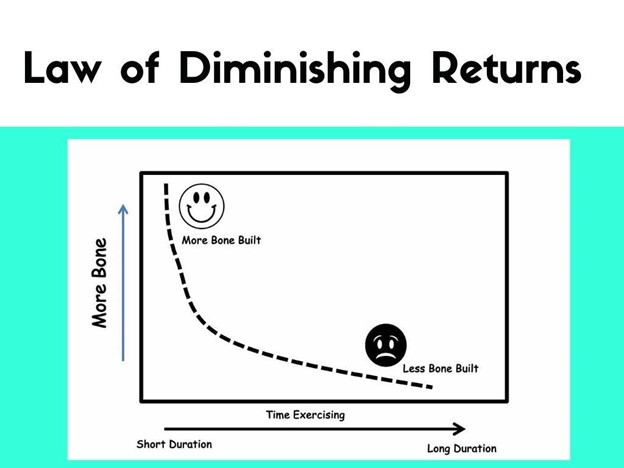
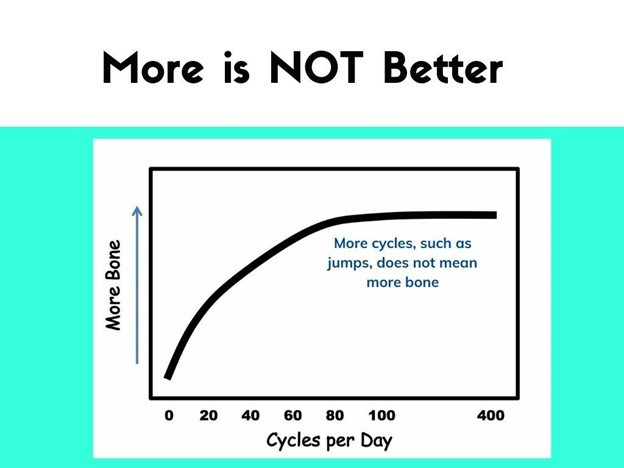
The decrease in mechanosensitivity is the reason that your athletes' bones may respond better to two workouts per day. Short sessions separated by at least an hour is optimal. The cells that “sense” loading on our bones are the osteocytes and they are smart, if you start jumping they know to start the adaptation process to increase your athlete's bone strength. Just like our kids and athletes sometimes stop listening to us, so do our osteocytes. After approximately 40 cycles of loading (40 jumps) they have enough stimulus to start their job of increasing bone strength to decrease injury. One study had students jump at the beginning of school and the end of the day and reported increases in tibial bone strength in prepubertal boys (Macdonald et al., 2007).
Rest is key for skeletal training for bone health
A group of researchers compared similar training sessions, say 360 jumps, and found a 50% increase in the bone building by splitting the training sessions into two smaller sessions per day (180 jumps per session). Rest between bone training sessions is important, however rest does not mean sitting still but just a different type of loading on your athletes’ bones. For example, if you have an impact loading warm-up (say jump training) for your swimmers and then they complete their swim training set followed by an impact loading cool down (body weight exercises). The bones had a rest during the non-weight bearing swim set and the warm up and cool down were focused and effective bone training sessions. So, get creative and build healthy skeletons in your youth athletes.
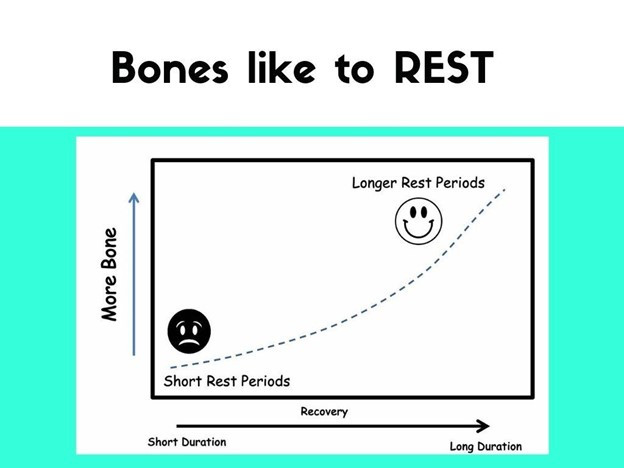
TAKE HOME POINTS:
- Training for bone strength in youth athletes- younger athletes have stronger adaptations to bone training compared to older athletes.
- Short training sessions that are impact or weight-bearing are optimal for bone strength.
- Rest between bone training sessions increases the effectiveness of the training.
- Training now will last a lifetime for your athletes
Ideas for Bone Training Sessions:
- Squat Set
- include variations on the body weight squat.
- Jump Squats
- 3 sets of 10 jumps
- Jump rope as a warm up
- Obstacle courses with jumping
- Leap frog races for teams
References:
Macdonald, H. M., Kontulainen, S. A., Khan, K. M., & McKay, H. A. (2007). Is a School-Based Physical Activity Intervention Effective for Increasing Tibial Bone Strength in Boys and Girls? Journal of Bone and Mineral Research, 22(3), 434–446. https://doi.org/10.1359/jbmr.061205
Robling, A. G., Hinant, F. M., Burr, D. B., & Turner, C. H. (2002). Improved Bone Structure and Strength After Long-Term Mechanical Loading Is Greatest if Loading Is Separated Into Short Bouts. Journal of Bone and Mineral Research, 17(8), 1545–1554. https://doi.org/10.1359/jbmr.2002.17.8.1545
Warden, S. J., Mantila Roosa, S. M., Kersh, M. E., Hurd, A. L., Fleisig, G. S., Pandy, M. G., & Fuchs, R. K. (2014). Physical activity when young provides lifelong benefits to cortical bone size and strength in men. Proceedings of the National Academy of Sciences, 111(14), 5337–5342. https://doi.org/10.1073/pnas.1321605111

